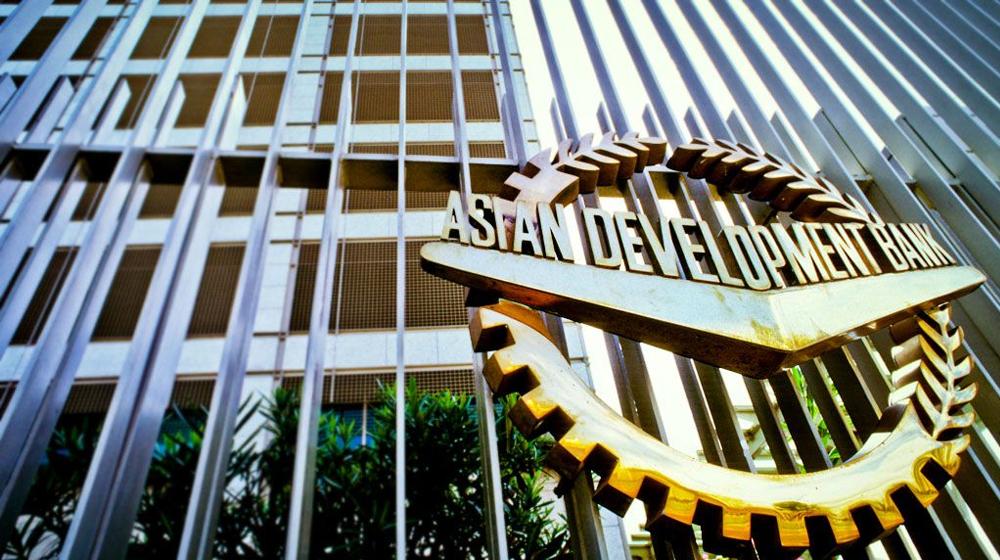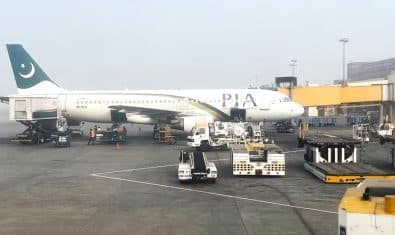The Asian Development Bank (ADB) has forecast a higher inflation projection for Pakistan, saying that adjustments to energy tariffs and higher global commodity prices are expected to exert upward pressure on domestic prices.
However, it stated in its latest report ‘Asian Development Outlook Supplement 2021’ that Pakistan’s production of cotton and sugarcane increased with favorable weather as services bounced back when mobility tracking measures recovered beyond the pre-pandemic levels in March 2020.
The report mentioned that the main risk to the outlook remains a resurgence of COVID-19 cases, especially given the emergence of a fast-spreading variant. The other risks include a protracted correction in the housing market that could induce an unexpectedly sharp slowdown in the People’s Republic of China, rising inflation, and persistent global supply disruption.
Additionally, the inflation projection for South Asia is revised up from 5.8 percent to 5.9 percent in 2021 and from 5.1 percent to 5.3 percent in 2022 based on the expectation that the global prices for food and other commodities remain elevated and as domestic factors come into play in specific economies.
In India, inflation in the first seven months of FY 2021 averaged 5.2 percent but some pressure is expected to build as the shortage of the semiconductor microchip drives up its prices. The projection for the whole year is increased marginally to 5.6 percent. The subregional inflation forecast for 2022 is revised up from 5.1 percent to 5.3 percent on similar expectations. Much of the forecast upgrade reflects a higher projection for Pakistan where adjustments to energy tariffs and higher global commodity prices are expected to exert upward pressure on domestic prices.
The 2022 forecast is raised for Bangladesh as well, as the expected implementation of fiscal and monetary stimulus adds to the pressure from higher fuel prices.
In Sri Lanka, inflation forecasts for 2021 and 2022 are revised up in anticipation of the removal of price controls, high global prices, and import disruption. Contrarily, the 2021 inflation forecast for the Maldives is lowered as subsidies on staples and utilities keep domestic prices in check despite higher global commodity prices.
The report showed that economies elsewhere in South Asia are aiming to be on track for the previously projected recovery. Agriculture in Nepal grew by 2.4 percent in FY 2021 (ended 15 July 2021) in a favorable monsoon season. With the notable containment of COVID-19, the country’s services rebounded to grow by 2.5 percent in FY 2021 after contracting by 4.0 percent in 2020. Growth prospects for FY 2021 and FY 2022 remain in line with the Update projections.
Similarly, cotton and sugarcane production in Pakistan increased with favorable weather, while its services bounced back as mobility tracking measures recovered beyond pre-pandemic levels in March 2020.
After the fall of Afghanistan’s democratically elected government on 15 August 2021, its international assistance declined substantially, further squeezing its fiscal position in the face of a major economic crisis.
India’s economy is expected to rebound strongly in FY 2021 as a whole, albeit marginally slower than expected in the update, and is projected to grow by 9.7 percent. New COVID-19 cases were registered at around 11,000 a day at the end of November but the government aimed to vaccinate the entire population with at least one dose by the first week of December. Growth is still expected to moderate to 7.5 percent in 2022 as the domestic demand normalizes.
- The economic growth forecasts for developing Asia have downgraded slightly to 7.0 percent in 2021 and 5.3 percent in 2022, and the recent emergence of a highly mutated virus variant and a rise in infections globally indicate that the pandemic is far from over.
- East Asia’s growth forecasts are revised down marginally for both 2021 and 2022 as the People’s Republic of China is now expected to grow more slowly, by 8.0 percent in 2021 and 5.3 percent in 2022.
- The growth forecast for South Asia is revised down to 8.6 percent for 2021, while the forecast for 2022 is maintained at 7.0 percent. India’s projection is lowered to 9.7 percent for FY 2021 but remains unchanged at 7.5 percent for 2022.
- After growth in Southeast Asia decelerated in the third quarter, the subregional forecast is revised down from 3.1 percent to 3.0 percent for 2021 but revised up to 5.1 percent for 2022.
- Central Asia’s growth prospects are substantially upgraded from 4.1 percent to 4.7 percent for 2021 and then from 4.2 percent to 4.4 percent for 2022. The Pacific is still forecast to contract by 0.6 percent in 2021 before growing by 4.7 percent in 2022.
- Regional inflation remains manageable, with the inflation forecast revised down a notch to 2.1 percent for 2021 and unchanged at 2.7 percent for 2022.





















